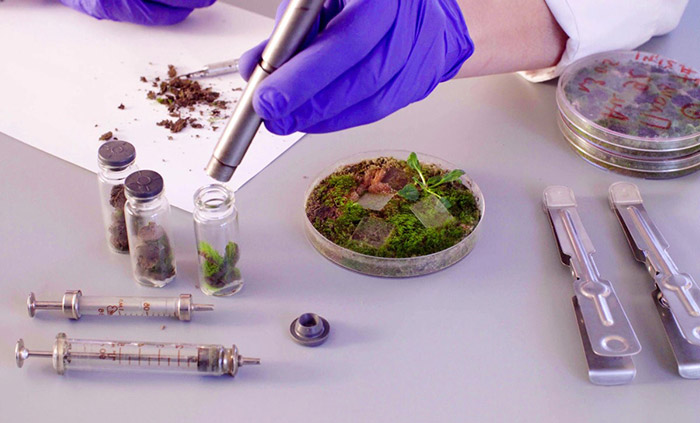It has been long recognized that plants shape microbiome structures by root exudates, and also that bacteria have developed various adaptations to thrive in the rhizospheric niche. Therefore, the metabolic profiling of soil can be defined as the total chemicals of plant root exudates and microbiological metabolites. Metabolite analysis in soils can evaluate the nutrition states of soil and can be also used to identify specific metabolites linked to bacterial recruitment. Lifeasible, as a team with rich experience in agriculture development and analytical services, provides untargeted and targeted metabolite profiling analysis services with high resolution and accuracy.

It has been shown that some microbes, such as mycorrhizal fungi or nitrogen fixing symbiotic bacteria, play important roles in plant performance by improving mineral nutrition. The growth of soil microbes needs high amounts of sugars, amino acids, and organic acids. On the other hand, plant root exudates contain components used in belowground chemical communication strategies to recruit beneficial microorganisms and repel harmful microbes, such as flavonoids, strigolactones, or terpenoids. Gas chromatography-mass spectrometry (GC-MS) and liquid chromatography-mass spectrometry (LC-MS) are widely used analysis technologies to analyze these metabolites. Metabolic profiling analysis provides a powerful tool in soil nutrition evaluation and then helps soil improvement and increases crop yields.
Lifeasible offers state-of-the-art GC-MS and LC-MS technologies to help customers measure soil metabolic compositions. We also provide uni- and multivariate statistical analyses to present comprehensive and objective data reports. We are committed to providing high quality analytical services related metabolism. You will benefit from our one-stop services from sample collection, sample preparation, data acquisition to data analysis and interpretation. Please do not hesitate to contact us for further information.
Reference
Lifeasible has established a one-stop service platform for plants. In addition to obtaining customized solutions for plant genetic engineering, customers can also conduct follow-up analysis and research on plants through our analysis platform. The analytical services we provide include but are not limited to the following:
STU-CRISPR System Improves Plant Genome Editing Efficiency
April 19, 2024
Application of Exosomes in Facial Beauty
April 12, 2024